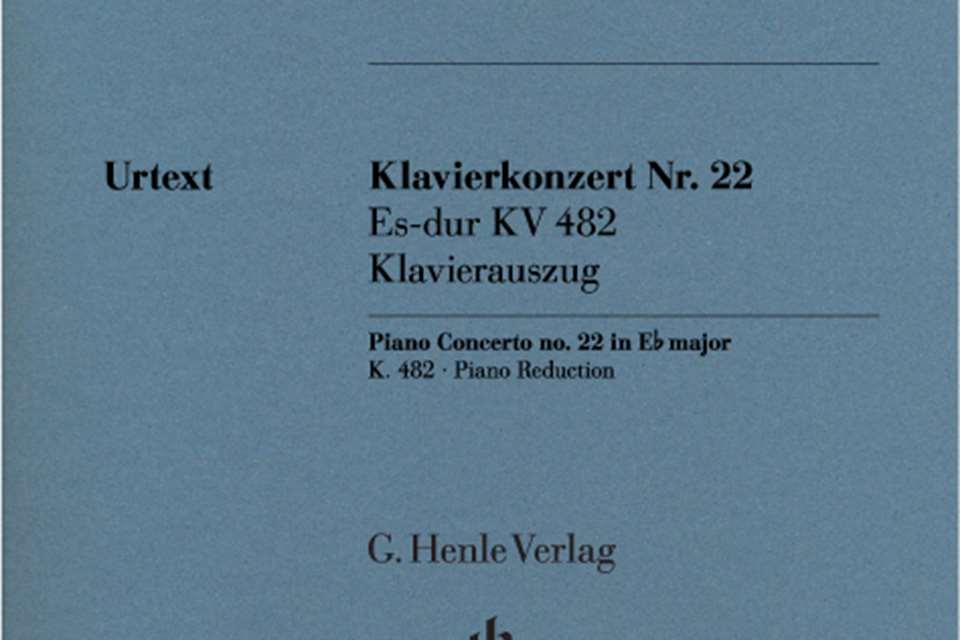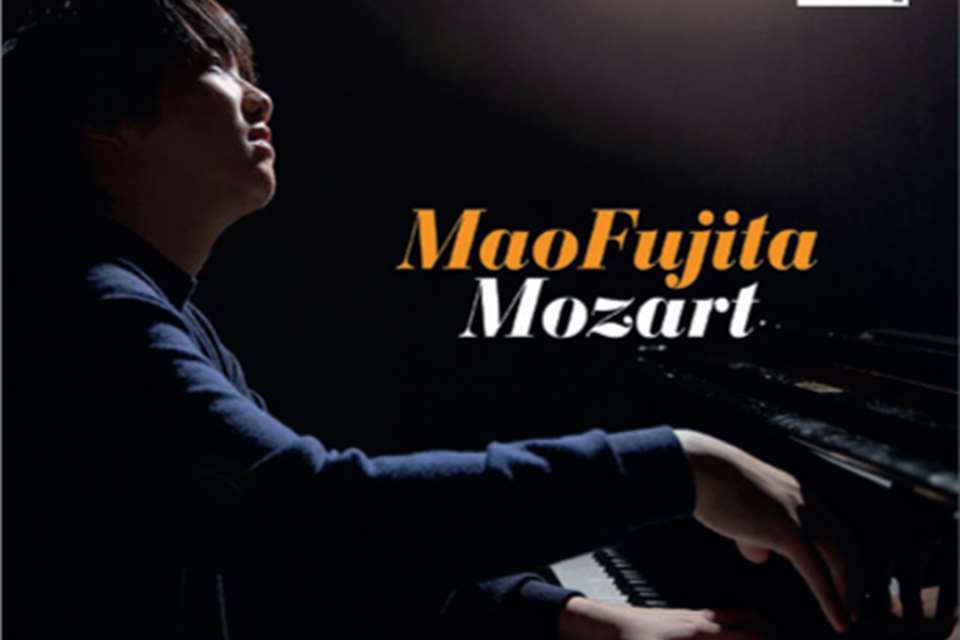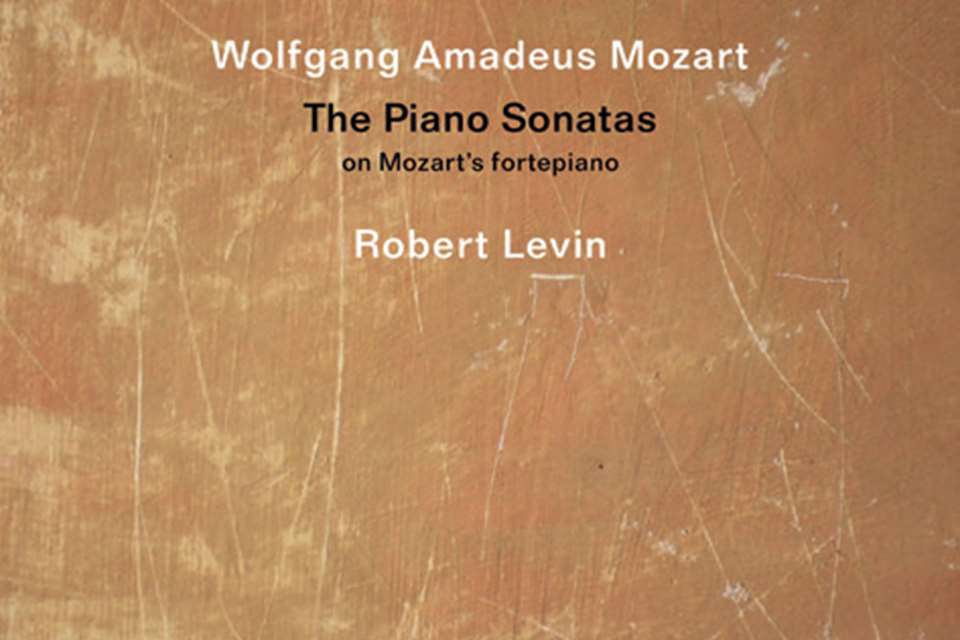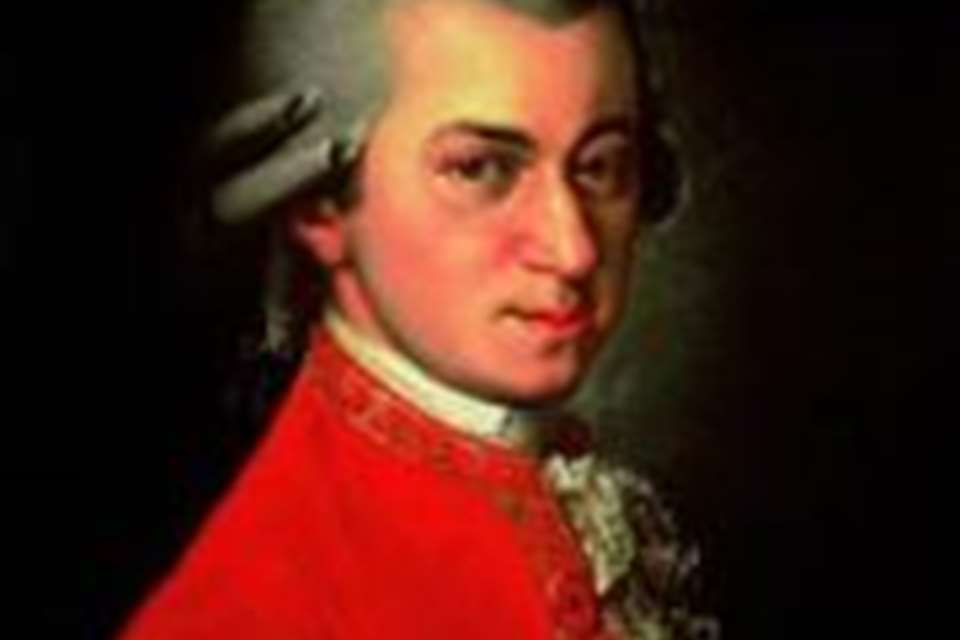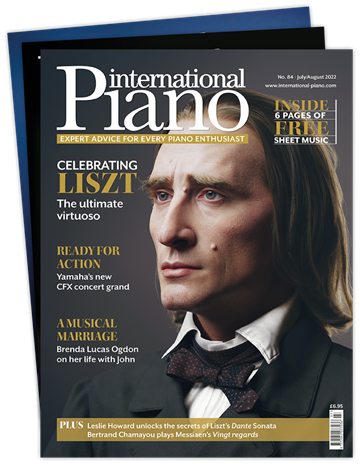Mozart: Piano Concertos – No 18, K456; No 21, K467 (Jonathan Fournel)
Jed Distler
Friday, March 8, 2024
Fournel’s assured pianism belies the fact that this release marks his recorded concerto debut
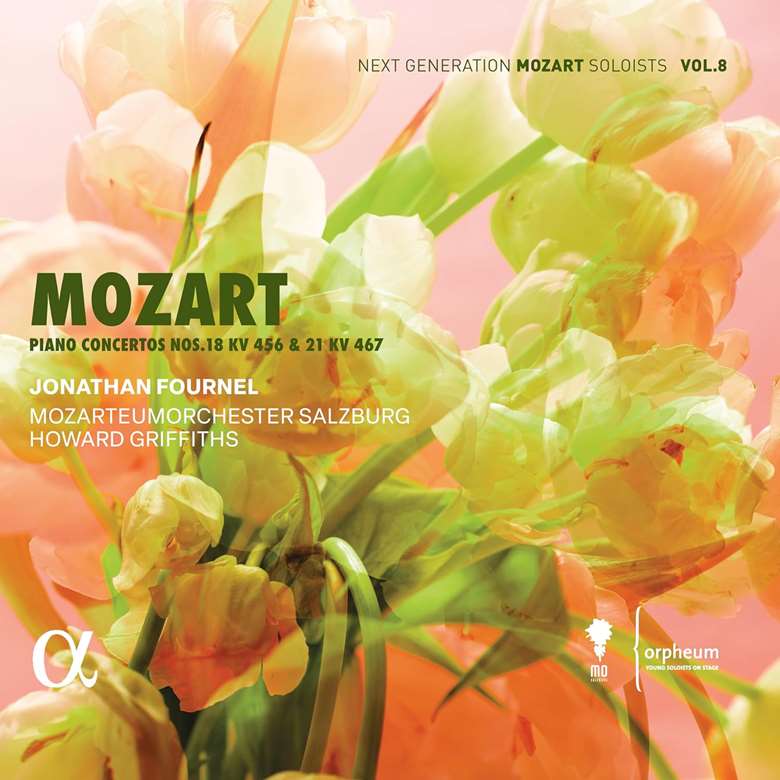
Register now to continue reading
This article is from International Piano. Register today to enjoy our dedicated coverage of the piano world, including:
- Free access to 3 subscriber-only articles per month
- Unlimited access to International Piano's news pages
- Monthly newsletter





